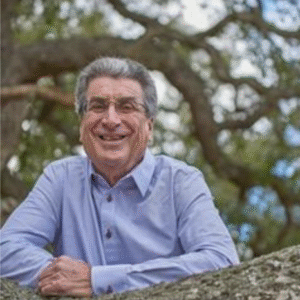You never know what the day will bring…
A friend of mine often ends one of our discussions with the phrase above.
You never know what the day will bring. It’s similar to punctuation used as a bow tied around a gift.
While a death was its original context for my friend and me, it serves well in many other circumstances.
It came to mind today as I pondered the life story of Grandma Moses, who first applied paint to canvas in her seventies. A link below provides a brief look at her life, which ended at age 101.
One hundred one. Just think about that for a moment. The day she picked up a brush, I expect many people were skeptical. Hopefully they kept that negative thought to themselves. Many, I am sure, smiled politely, perhaps daring to offer the ofttimes dismissive, “Well,bless her heart.”
Bless her heart, indeed. At her death, she had generated more than 2,000 paintings. One of the favorites, The Old Checkered House, donned the cover of Time magazine on December 28, 1953.
If you like art. If you’re certain you aren’t good at it. If you’re the one who says you don’t have an artistic bone in your body. Well, here several things to consider:
You never know what the day will bring.
Grandma Moses began her art career at age 78.
Listen to today’s podcast, featuring Tucson artist Jeanine Colini, who loves to help adults uncover the artist within.
